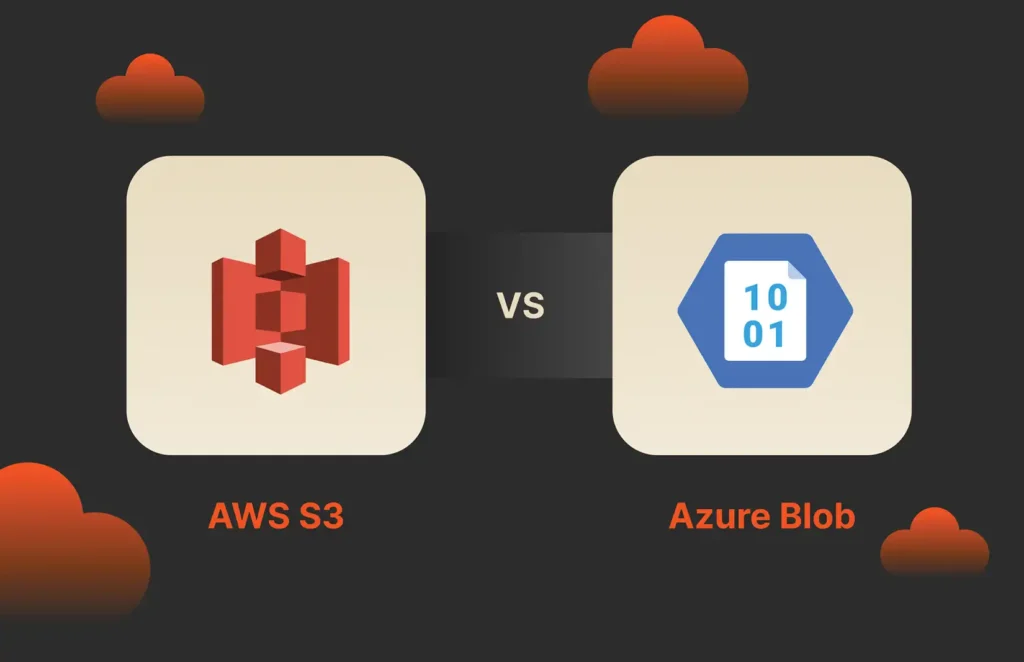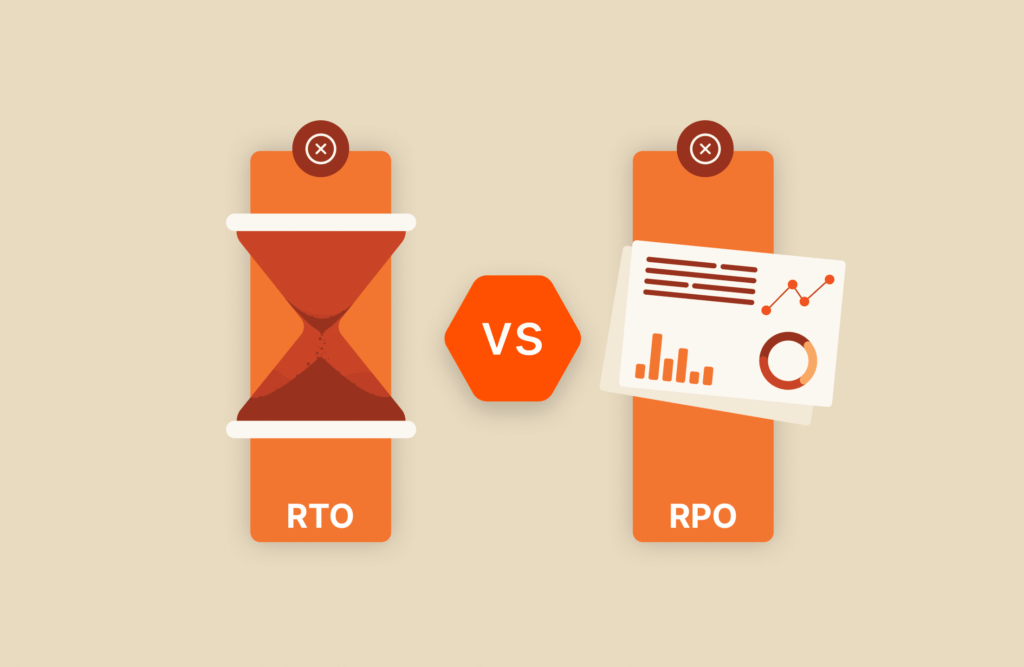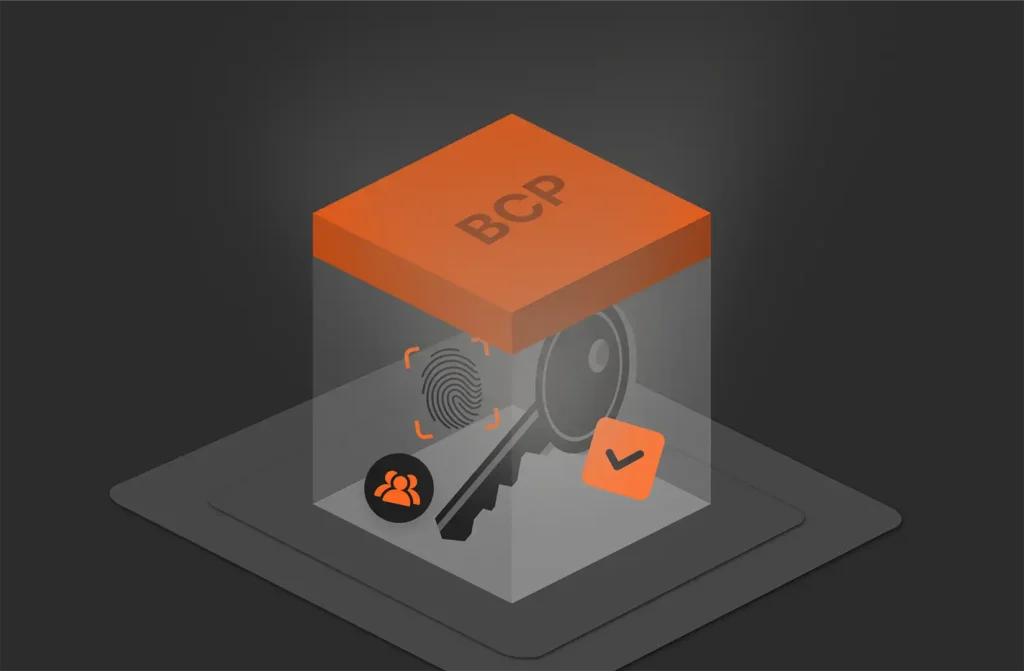Summary
A zero trust architecture (ZTA) is a cybersecurity framework that treats all users, devices, and applications as potential threats until proven otherwise. Implementing a zero trust model can help organizations fortify their defenses against cyberattacks.
Ransomware attacks have surged in recent years, causing financial losses, operational disruptions, and compliance penalties for organizations of all sizes. Cybercriminals are continuously devising new strategies to compromise corporate networks, rendering traditional security measures inadequate in preventing breaches.
One of the most effective strategies for mitigating ransomware risks is adopting a zero trust architecture (ZTA). By enforcing strict access controls, continuous monitoring, and robust authentication measures, zero trust can significantly reduce an organization’s vulnerability to ransomware attacks.
What Is a Zero Trust Architecture?
Zero trust architecture (ZTA) is a cybersecurity framework that follows the principle of “never trust, always verify.” Conventional approaches to security assume that computing resources located inside the corporate network are trustworthy. ZTA, in contrast, treats all users, devices, and applications as potential threats until proven otherwise.
With ZTA, every user, device, and system must continuously verify its identity and authorization before accessing network resources. The core principles of zero trust include:
- Never trust, always verify: Every request for access is treated as if it originates from an untrusted network, requiring rigorous authentication.
- Least privilege access: Users and systems are granted the minimum level of access necessary to perform their functions.
- Microsegmentation: The network is divided into distinct security zones, limiting the possibility of lateral access by attackers.
- Continuous monitoring: Security teams constantly analyze user behavior and network activity for anomalies.
- Multi-factor authentication (MFA): User access requires more than one method of authentication to prevent attacks that involve stolen credentials.
The Growing Threat of Ransomware
Ransomware attacks have become more frequent and more sophisticated than ever. Cybercriminals routinely target businesses, government agencies, and critical infrastructure, extracting large sums of money from their victims. According to Cybersecurity Ventures, ransomware costs are projected to exceed $275 billion annually by 2031.
Fifty-nine percent of organizations experienced a ransomware attack in 2023, according to a Sophos report. Recovery costs are on the rise. Healthcare companies, for example, spend an average of $750,000 to recover from a successful ransomware attack. The cost of downtime, compliance penalties, legal costs, and reputational damage add significantly to losses.
To make matters even worse, cybercriminals often resort to double extortion tactics, stealing data before they encrypt systems, then demanding additional ransom to prevent exposure of sensitive data.
How Zero Trust Mitigates Ransomware Risks
Zero trust architecture significantly reduces the risk of a successful ransomware attack by using proactive security measures designed to limit unauthorized access and detect threats in real time.
By enforcing least privilege access, for example, ZTA ensures that users and devices can only interact with the systems they need access to. This makes it much harder for attackers to move laterally across the network.
Strengthening authentication mechanisms is another critical layer of defense. MFA and biometric access controls make it difficult for cybercriminals to breach networks using stolen credentials.
Continuous real-time threat detection further enhances security by leveraging AI-driven anomaly detection and monitoring user and entity behavior for suspicious activity. This allows security teams to identify and neutralize threats before ransomware has an opportunity to spread.
Automated incident response further enhances security by addressing ransomware attacks the moment they’re detected. Security analytics systems can automatically detect and respond to potential breaches by isolating infected devices and blocking malicious traffic, minimizing the overall impact of an attack.
Implementing Zero Trust in Your Organization
Here’s a step-by-step approach to implementing a zero trust model in your organization:
- Assess your current security posture: Evaluate potential vulnerabilities and prioritize various segments of your network based on risk. Assess the operational value and compliance risk associated with various categories of data and applications. DSPM plays a critical role here by evaluating and providing remediations for sensitive data.
- Deploy endpoint security solutions such as EDR and EPP: Ensure all devices accessing corporate resources are continuously verified and monitored, preventing hackers from gaining initial access to your systems.
- Implement identity and access management (IAM): Enforce strict authentication policies with MFA and role-based access control. Put systems in place to monitor and routinely review permissions using a least privilege approach.
- Implement network segmentation and microsegmentation: Limit the ability of ransomware to move laterally across systems. Consider implementing a tiered data storage architecture to ensure that your most sensitive data is protected and can be recovered in the event of an attack.
- Leverage automated monitoring with SIEM, UEBA and XDR: Today’s AI-powered security tools offer superior threat detection and automated response.
- Train your employees: Security awareness training (SAT) is foundational. Educate staff about good cybersecurity practices. Reinforce awareness of common attack strategies like phishing and social engineering, and educate your employees about simple steps they can take to protect against ransomware threats.
- Perform regular security audits: Continuously evaluate and refine your security policies to adapt to emerging threats, updating your employee training, systems, and strategies.
- Enforce strong encryption for data at rest and in transit: Ensure all sensitive data is protected using robust, industry-standard encryption protocols. Use encryption to protect data not only on storage systems but also while it’s being transmitted across networks.
Success Story
Many organizations have successfully implemented zero trust to defend against ransomware while also improving performance, saving money, and enhancing agility and responsiveness.
- DATIC, for example, is an IT organization that supports Colombia’s third largest city. The organization needed reliable, high-performance storage to deliver fast access to critical government services. At the same time, DATIC needed bulletproof data security and rapid data recovery capabilities. Pure Storage addressed these concerns with cost-efficient storage solutions that deliver speed, efficient storage, and best-in-class data security and recovery. DATIC was able to reduce database processing times from 24 hours to just 18 minutes while also reducing costs by using data reduction. With Pure Storage, the organization successfully recovered a 30TB database in mere seconds.
Challenges and Considerations
While ZTA offers a robust approach to security and resiliency, some organizations may encounter challenges making the transition. Zero trust requires investment in new security tools and training. Required investments can vary greatly, depending on the specific technologies selected. Look for vendors that successfully pair simplicity and usability with robust, enterprise-grade solutions.
Legacy systems can also be a challenge and may require significant adjustments to align with zero trust policies. With a tiered resiliency architecture, organizations can support advanced security operations and defense mechanisms while enabling efficient data collection and analysis for proactive threat detection and response.
Users may grapple with new processes, such as enhanced authentication, or with newly imposed limits on access. It’s important to educate employees and promote a security-first mindset to fully realize the benefits of ZTA.
To overcome these challenges, businesses can take a phased approach to zero trust adoption, starting with critical systems and gradually expanding security controls across the enterprise.
Conclusion
Investing in zero trust is not just about security; it’s about ensuring operational resilience and business continuity at a time when increasingly sophisticated cyber threats loom large. Now is the time to adopt zero trust and fortify your defenses against ransomware.Want to learn more? Find out how Pure Storage leverages zero-trust controls and provides solutions, like ActiveDR™, ActiveCluster™, and SafeMode™ Snapshots, that can help you protect your data and win the war against cybercriminals. Schedule a meeting with one of our experts to discuss implementing zero trust in your organization.

Cyber Resilience, Pure and Simple
Fortify your data and guarantee uninterrupted business operations.
Mitigate Your Risk
Get back up and running quickly after an attack with SafeMode Snapshots.






